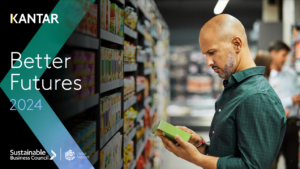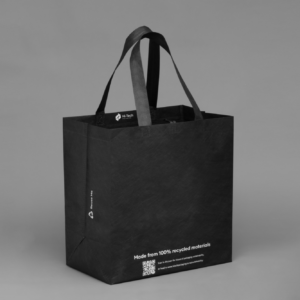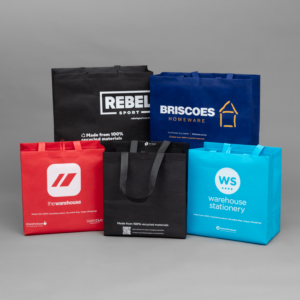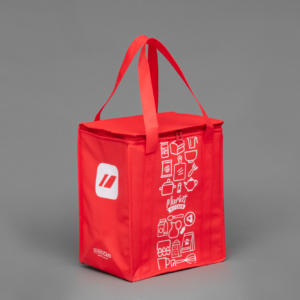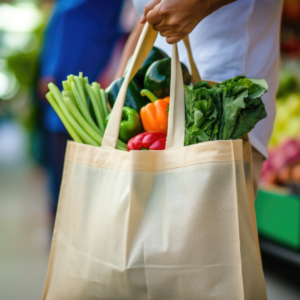In today’s fast-paced and competitive market, simply having great products or stellar customer service isn’t always enough to keep customers coming back. Consumers are becoming increasingly aware of the impact their purchasing decisions have on the environment, and they’re expecting businesses to step up their sustainability game. So, how can you attract and retain these eco-conscious customers? By weaving sustainability into every aspect of the shopping experience.
The Rise of the Eco-Conscious Consumer
It’s no secret that sustainability has moved from a niche concern to a mainstream demand. The Better Futures 2024 Report shows that more consumers want brands to communicate their sustainable message. This shift in consumer mindset means businesses can no longer afford to overlook the importance of sustainable practices.
Shoppers today are not just looking for the best deals or the trendiest items; they’re also considering how their purchases align with their values. They want to support companies that are making a genuine effort to reduce their carbon footprint, use sustainable materials, and promote fair labour practices. If your business can demonstrate a commitment to sustainability, you’re more likely to win their trust—and their dollars.
How to Integrate Sustainability into the Shopping Experience
So, how can you transform your shopping experience to appeal to these eco-conscious consumers? Here are some actionable strategies:
- Sustainable Packaging
One of the most visible ways to show your commitment to sustainability is through your packaging. Switching to recyclable, compostable, or reusable packaging materials can significantly reduce your environmental impact. Additionally, minimalistic packaging that uses less material can also resonate with customers who are trying to reduce waste.
Companies like Lush have set a benchmark by using recycled and biodegradable materials in their packaging, or even going packaging-free for some of their products.
- Sustainable Product Sourcing
Ensure that the products you sell are sourced sustainably. This means working with suppliers who practice ethical production methods, use renewable resources, and pay fair wages. Transparency is key according to Better Future 2024 report—customers want to know where their products come from and the story behind them.
- In-Store Sustainability Initiatives
If you have a physical store, there are plenty of ways to make the shopping experience more sustainable. From energy-efficient lighting to water-saving fixtures, every little change counts. You can also implement recycling programs, offer incentives for customers who bring their own bags, or provide reusable alternatives. Starbucks offers a discount to those who bring their reusable cup. This is a great incentive for customers to reuse instead of using single use cups their drink usually comes in.
Communicating Your Commitment to Sustainability
Implementing sustainable practices is only part of the equation—you also need to effectively communicate these efforts to your customers. Here are a few ways to do that:
- Storytelling
Use your website, social media channels, and in-store displays to tell the story of your sustainability journey. Share behind-the-scenes content that shows your efforts to reduce waste, source ethically, or give back to the environment. Customers love to know the “why” behind their favourite brands, so don’t be shy about showcasing your commitment.
Follow us on socials!
- Certifications and Labels
Earning sustainability certifications, like Fair Trade, FSC, or B Corp, can help validate your efforts in the eyes of consumers. These labels serve as a quick reference for customers looking to make sustainable choices.
- Transparency
Be open about your goals, successes, and even challenges in your sustainability efforts. If you’re working towards becoming more sustainable, share that journey with your customers. This transparency can build trust and make your brand more relatable.
- Engage Your Community
Involve your customers in your sustainability initiatives. Run campaigns that encourage them to share how they’re making sustainable choices in their lives, or host events that educate the community on sustainable practices. Building a community around sustainability can deepen customer loyalty and spread the word about your brand.
The Business Benefits of Sustainability
Going green isn’t just good for the planet—it’s good for business too. Here’s how embracing sustainability can boost your bottom line:
- Customer Loyalty
Consumers who value sustainability are more likely to become repeat customers if they feel your brand aligns with their values. This loyalty can translate into long-term business growth.
- Positive Brand Image
A strong commitment to sustainability can enhance your brand’s reputation, attracting positive media coverage and word-of-mouth referrals. In an era where customers are increasingly vocal on social media, this positive image can be invaluable.
- Cost Savings
While there may be upfront costs associated with implementing sustainable practices, they often lead to long-term savings. For example, energy-efficient technologies can reduce utility bills, and waste reduction initiatives can lower disposal costs.
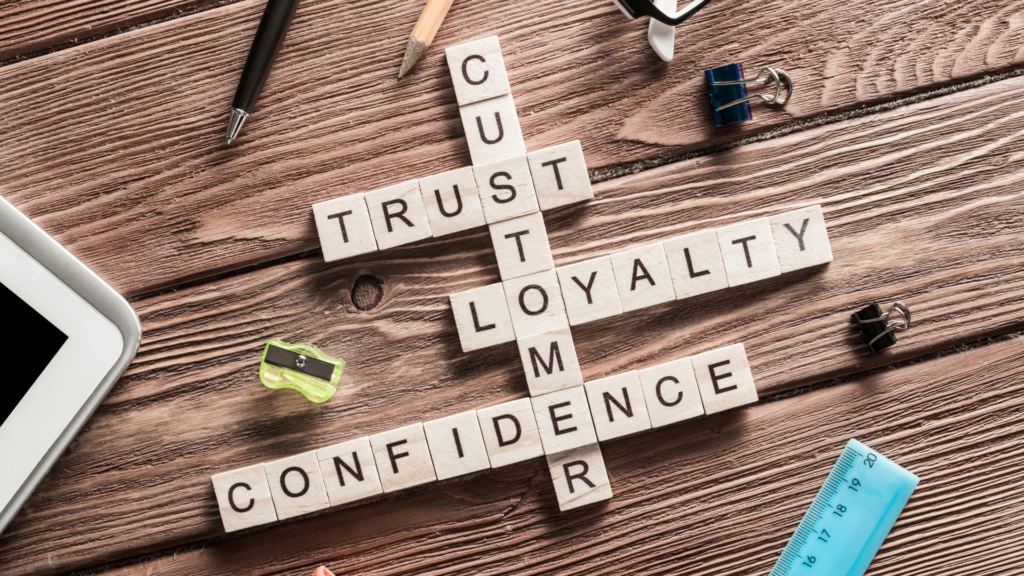
Wrapping It Up
Incorporating sustainability into your shopping experience isn’t just a trend—it’s a necessity in today’s market. By prioritizing sustainable practices and clearly communicating these efforts, you can attract and retain customers who are eager to support brands that align with their values. Not only does this help the planet, but it also creates a loyal customer base, enhances your brand’s image, and can even lead to cost savings.
Till next time
Hi-Tech Packaging Team
We are here to help
So, why wait? Start making sustainability a core part of your shopping experience today, and watch as your customers respond with enthusiasm and loyalty.


